From ESS News
Analyst Wood Mackenzie has highlighted what it estimates will be a 1.4 TW global “capacity gap” in the deployment of utility-scale batteries with grid-forming technology.
Predicting the world will require $1.2 trillion of BESS investment through 2034, to back the more-than-5.9 TW of new solar and wind generation capacity expected to come online during that time, WoodMac says the use of advanced BESS with grid-forming technology will be crucial.
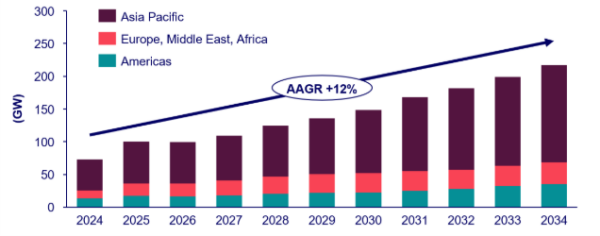
Grid-forming BESS are able to provide grid-strengthening services such as black start capability – enabling network restart after a blackout; grid frequency and voltage stabilization; and the inertia necessary to secure time for alternative electricity sources to come online when individual generators fall short.
“Grid-forming battery energy storage systems represent a critical breakthrough for renewable energy integration,” said WoodMac research director Robert Liew in a note today. “As global power demand is projected to surge 55% by 2034, with variable [-generation] renewable energy comprising over 80% of new capacity additions, GFM BESS provide the technological bridge between renewable [energy] abundance and grid stability requirements.”
While grid-forming BESS cost around 15% more than conventional grid-scale sites – thanks to the need for upgraded inverters, controls, and software – WoodMac said falling technology costs have seen average battery energy storage prices fall 10% to 40% worldwide over the last year.
The analyst said countries in the Asia-Pacific region including China, India, Japan, and Vietnam already lean on between 46% and 90% intermittently generated solar and wind power to meet peak grid electricity load demand. Given the anticipated rise in power demand through 2034, US-owned WoodMac said grid-forming batteries would be crucial to back the estimated 5.9 TW/$5 trillion worth of new clean energy sources due online by that point.
Following this year’s extensive blackout in Spain and Iberia, the WoodMac note said the incident illustrated “the growing risk of high renewable energy penetration without adequate grid-forming capabilities or advanced storage infrastructure to support system reliability.”
The analyst said Saudi Arabia’s Red Sea Project, off the kingdom’s Red Sea coast, had been operating as an off-grid microgrid for almost two years, supplying 100% renewable energy during that time, thus demonstrating the efficacy of grid forming technology to maintain stable electricity supply. The Red Sea Project, developed by state-owned ACWA Power, features a 400 MW/1.3 GWh BESS supplied by China’s Huawei.
WoodMac – which said utility-scale BESS will undercut coal and gas-fired power generation by 2040, outside the United States – noted China, the United States, and Australia have all introduced technical guidelines for the use of grid-forming battery technology.
In terms of the global BESS rollout required to firm the renewables which will be needed to power the energy transition, a WoodMac graph indicated the analyst estimated 75 GW of BESS were installed worldwide last year and almost 100 GW are anticipated this year. The analyst estimates the annual capacity additions figure will rise year on year, to hit 200 GW in 2034.
This content is protected by copyright and may not be reused. If you want to cooperate with us and would like to reuse some of our content, please contact: editors@pv-magazine.com.
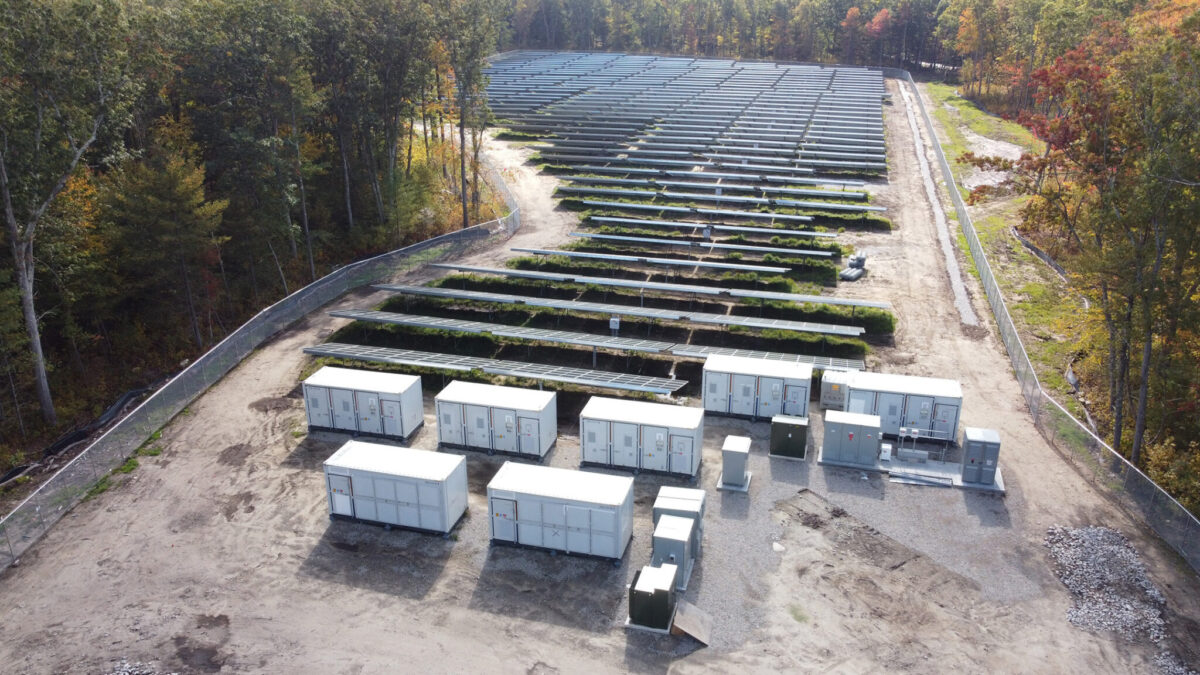
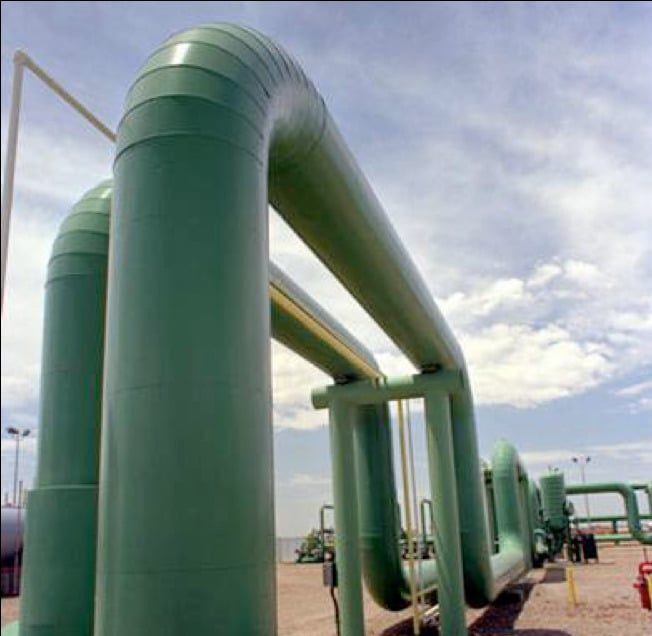




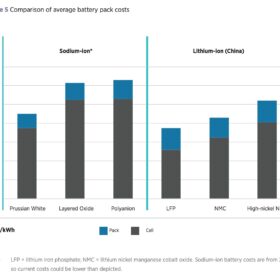

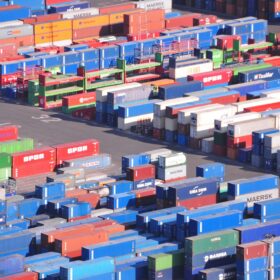
By submitting this form you agree to pv magazine using your data for the purposes of publishing your comment.
Your personal data will only be disclosed or otherwise transmitted to third parties for the purposes of spam filtering or if this is necessary for technical maintenance of the website. Any other transfer to third parties will not take place unless this is justified on the basis of applicable data protection regulations or if pv magazine is legally obliged to do so.
You may revoke this consent at any time with effect for the future, in which case your personal data will be deleted immediately. Otherwise, your data will be deleted if pv magazine has processed your request or the purpose of data storage is fulfilled.
Further information on data privacy can be found in our Data Protection Policy.